|
By Ethan Farr, Sports Myotherapist & Exercise Scientist Injuries are an unfortunate reality for many people, whether they occur during sports, exercise, or everyday activities. However, the road to recovery doesn't have to be a daunting journey. In fact, exercise can and should play a pivotal role in not only regaining strength and mobility but also in fostering a positive mindset throughout the healing process. Today we'll explore the benefits of using exercise as a tool for getting back from an injury, as well as some key considerations to keep in mind along the way.
Contrary to popular belief, rest alone may not always be the best approach to healing from an injury. In fact A great deal of scientific evidence suggests that the stimulation of movement, especially in the early stages of healing, is a crucial part of recovery from injuries and surgeries. While it's essential to give your body time to recuperate, incorporating gentle exercise can promote blood flow, reduce stiffness, and prevent muscle atrophy. Exercise helps maintain joint flexibility and range of motion, which can be especially beneficial for injuries involving the muscles, tendons, or ligaments. Additionally, engaging in physical activity releases endorphins, which are natural mood elevators that can alleviate pain and boost overall well-being. It's crucial to work closely with a healthcare professional or physical therapist to develop a personalised exercise regimen that aligns with your specific injury and recovery goals and to ensure you understand the exercise, how to do it and what muscles should be activated during the exercise. Depending on the nature and severity of your injury, your exercise program may include a combination of stretching (or getting back to full range of motion), strength training (including building up the muscles endurance), cardiovascular exercises, and low-impact activities (even just walking can have a profound impact on your recovery). Be mindful of any limitations or restrictions imposed by your injury, and avoid activities that exacerbate pain or discomfort the aim is to strengthen not reinjure. Patience is key when it comes to injury recovery and believe me I understand it’s frustrating not being able to do what you used to do. However it's essential to start slowly and gradually increase the intensity and duration of your workouts as your body heals and is able to cope with the load. Listen to your body and be mindful of any signals of pain or fatigue. Pushing yourself too hard too soon can impede the healing process and increase the risk of re-injury. Celebrate small victories along the way, whether it's reaching a new milestone in your rehabilitation exercises or experiencing a reduction in pain symptoms. It’s important to reframe negative opinions on your rehabilitation pathway rather than “this is all I can do without pain” consider “I can do this much to help strengthen and get me back to a pain free lifestyle” It is also useful to use short term goals to keep track of your progress and improvements e.g. “In two weeks time be able to walk 15 minutes without pain or flare ups afterwards” this would be a great goal as it is timed so you know when to look back at it and see if you met the goal and it is achievable for most. Injury recovery is a journey that requires patience, perseverance, and a holistic approach to healing. By harnessing the power of exercise, along with the guidance of healthcare professionals and a positive mindset, you can not only bounce back from your injury but emerge stronger and more resilient than before. If this interests you ensure that you get in contact with us by phoning the clinic on 03 8204 0970 or email me at [email protected] - or you can book your first appointment with me to get you pain free and starting on your rehabilitation pathway today! By Rachael Bird, Myotherapist
Pilates is highly effective in addressing muscular imbalances, as it focuses on core strength, flexibility, and body awareness. This makes it a perfect addition to your pain or injury recovery plan! Pilates can help you in many ways, including: Core Strengthening: Pilates exercises specifically target the core muscles, including the deep abdominal muscles, pelvic floor, and back muscles. Strengthening these muscles helps improve stability and support for the spine and pelvis, assisting in correcting imbalances. Muscle Symmetry: Pilates workouts emphasise working both sides of the body equally. By engaging in exercises that promote symmetry and balance, Pilates can help correct discrepancies in muscle strength between the left and right sides of the body. Alignment and Posture: Pilates focuses on proper body alignment and posture during exercises. By practicing correct alignment, individuals can retrain their muscles to maintain proper posture, which helps in addressing imbalances caused by poor posture. Mind-Body Connection: Pilates encourages a mind-body connection, promoting greater awareness of how you move and use your body. This awareness helps identify imbalances and allows you to correct movement patterns that might be contributing to the issue. Flexibility and Mobility: Pilates exercises often involve stretching and improving flexibility. Tight muscles can contribute to imbalances, and Pilates helps in lengthening and strengthening muscles to restore balance. Targeted Muscle Groups: Specific Pilates exercises can be tailored to focus on particular muscle groups that are imbalanced or weaker. This targeted approach helps strengthen weaker areas to bring balance to the body. Rehabilitation: Pilates can be used in rehabilitation programs to correct imbalances caused by injuries. The controlled movements and low-impact nature of Pilates exercises can aid in the recovery process. It's important to start Pilates under the guidance of a certified Pilates instructor, particularly if you have known imbalances or injuries. They can assess your situation and tailor exercises that specifically target your imbalances while ensuring movements are performed correctly to avoid exacerbating any existing issues. I recently met Anke Wagner, an amazing Pilates instructor here in Rowville. I interviewed her about her approach to pilates, and can recommend her classes to help with pain relief, injury recovery and maintaining a healthy and happy body. Consistency in Pilates practice is key to seeing improvements in imbalances. Over time, with regular practice and proper guidance, Pilates can significantly help in addressing and correcting muscle imbalances, leading to a more balanced and functionally efficient body. Head over to Anke Pilates to help build up your strength, Increase flexibility and movement today: https://www.ankepilates.com.au/ Anke and Myself have partnered up in helping to offer more to our clients, and we’re excited to help share this with you. She loves helping clients that have limited range of movement, and will help tailor classes to adjust and support each individual's needs. By Rachael Bird, Myotherapist I recently had the pleasure of meeting with Anke Wagner, a local pilates instructor here in Rowville. Anke is a very experienced instructor, shes been teaching for nearly 2 decades, and based locally in Rowville for 9 years. I interviewed Anke about her classes and her approach to pilates. What services do you provide to the community and where are you located? I offer Pilates classes in Rowville. The classes range from using the reformer equipment, and the Pilates chair and separate classes with just the aerial hammock. The groups are small with a maximum of 3 people. Private classes are offered for beginners as well as clients with specific needs for their injuries. How long have you been operating? AnkePilates has been operating since 2006 and has been in Rowville since 2014. What are your open hours? Monday to Wednesday - 9:15-1pm, 5pm-8.15pm Thursday and Friday 9:15 - 1pm Private classes can be booked outside these opening hours. What made you choose to teach Pilates? I’ve always loved dancing and movement in general. From an early age, I’ve danced ballet up until my late twenties. While living in New Delhi, India, I taught movement classes and Aqua fitness at the American Embassy. Following this amazing experience I began training myself in Pilates in Germany. Once I experienced the Pilates equipment it got me hooked and I knew I wanted to let others experience it too. What types of people does your business serve? I teach a variety of clients, currently from ages 12 to 80. My clients come from all around the eastern suburbs and mostly join to work on their strength and general fitness. I also have clients who join to form a fitness routine with me as well as enjoying the socialising of being in a small intimate group. Some are young mothers who need a bit of ‘me-time’, some don’t enjoy going to a normal gym, or are women in their 40-50s experiencing menopause. No matter the diversity in clients, I always make sure to integrate fun and laughter during our workouts. If a client has ongoing health issues I offer to teach one-on-one. What do you like most about it? My favourite part about teaching Pilates is that it gives people confidence even when their mobility and moving range is limited. There is also so much variety in movements that the Pilates method offers which lets me tailor the class to create challenges and to adjust and support each individual's needs. And of course the way of teaching. I get to use a lot of visual language to facilitate a certain movement. Pilates is a big playground for me. Tell us about you?
Besides my movement practices, you can find me going on long hikes through the Dandenong Rangers with my husband or enjoying all the flowers I’ve planted in my garden. I’m also on the path to becoming a Harp Therapist as well as giving Sound Massages. My qualifications include:
How can people find more information or book a pilates class with you? Information about classes can be found online at www.ankepilates.com.au I can be contacted for enquiries and bookings by emailing [email protected] or by phone on 0439109775. Anytime Fitness in Ferntree Gully are having a one day sale on Wednesday 21st August, and they've invited us along to talk to you about Myotherapy and how it can help with your training or recovering from an injury.
We'll be there from 5-7pm, and have some Myo vouchers to give away, as well as bringing some of the tools of the trade for you to see. Of course, Perry will be trying his best to get a work out in as well! If you've been considering joining a gym, I can highly recommend Anytime Fitness. I go there myself and always find the place clean and neat, the staff are friendly and helpful, the personal trainers are happy to help you figure out how to use the equipment and they offer a selection of group classes that are free as part of your membership. As a myotherapist, I see my fair share of weird and wonderful injuries. But one of the most common injuries that requires proper rehabilitation is a dislocated joint. So let’s look at all the things you need to know if you’ve dislocated a joint. What is a dislocation?
A dislocation is the full displacement of a bone at the joint. So the bone is moved to somewhere outside of the joint it belongs to. Dislocating a joint is incredibly painful for most people. But along with short-term severe pain, it can also predispose someone to chronic pain if not rehabilitated correctly. Why do dislocations happen? Generally, dislocations occur due to high-impact trauma to the joint – think car accidents, falls, fights or high-impact sports like football and rugby. However, if you have a joint that is weakened or unstable, it could be caused by something with minimal force. This is commonly seen in people with hypermobile joints or a hypermobility condition. Joint shape differences such as hip dysplasia or variations in the shape of shoulder bones can also increase risk of dislocation. Joints that are at risk of dislocating Pretty much any joint in the body can be dislocated if there’s enough force. But some have a greater risk of dislocation because of their location and/or their structure. They include:
Dislocation red flags to watch for If you’ve experienced a dislocation, there are a few things to keep an eye on. These can often warrant medical attention.
The rehab process for dislocations This can depend on the type of dislocation. The greater the damage to muscles, tendons or ligaments, the longer the process of rehabilitation. For some people, recovery will take a few weeks, and they will regain their full strength. For others, they are starting with almost no function or stability. So for those people, it’s like learning how to use the joint from scratch. A history of previous dislocation to the same joint can also mean a longer rehab, as you’ll be attempting to heal twice the damage (or more!) to regain full function. What can a myotherapist do for dislocations? So you’ve dislocated a joint, and you want to know what your friendly local myotherapist can do for you. Here’s what I can do to help you recover!
What I CANNOT do is help you relocate a joint that is still dislocated. Relocating dislocations is a medical procedure that is out of my scope as a practitioner. If you come to the clinic with a dislocated joint, I’ll send you straight over to the Angliss for medical attention! So do yourself a favour and skip the myotherapy session until your joint has been relocated by a medical professional. Are you recovering from a dislocation injury? Head on over to my booking page, so we can start strengthening your injured joint and get you back to living life! Most people understand joint dislocations. But subluxations, or partial dislocations, are a bit different. As a myotherapist, I see plenty of subluxations and related injuries every week. So let’s look at why subluxations aren’t quite dislocations, and what you can do about them! What is a subluxation? Unlike a dislocation, a subluxation is a partial displacement of the joint. With a dislocation, the bone is completely out of the joint it belongs to. But with a subluxation, the bone is only partly out. Just because it is not a full dislocation doesn’t mean that it won’t hurt! Subluxation can still be painful, as the joint is being wrenched out of its usual spot. It can also leave you at higher risk of chronic pain if the joint isn’t rehabilitated after the injury. In the image above, we're looking at the ball and socket joint of the hip. The Normal hip joint shows the ball of the femur (thigh bone) sitting neatly inside the socket joint of the pelvis. In Dysplasia, the shape of the socket is not correctly formed so the socket doesn't snugly hold the ball of the femur. In Subluxation, the ball of the femur has partially slid out from the socket, and while its still almost in the right spot, it likely won't move smooth and painfree like the normal hip. And in the Dislocation, the ball of the femur has entirely moved out of the socket.
Why do joints sublux? It is easier for a joint to sublux than it is to dislocate. That being said, if you have full strength and integrity in your joints, it will take a high-impact injury to sublux a joint. This is usually something like a fall, car accident or a sports injury. However, some people are at a higher risk due to weak, unstable or unusually shaped joints. A previous history of dislocation or subluxation can weaken the joint and make it more prone to a sublux. People with hypermobile joints can sublux joints with minimal force, because the ligaments (connective tissue that holds the joint together) are more elastic than they should be. This can lead to the person being very flexible but also more prone to subluxations – some of my more hypermobile clients can sublux joints while walking, sitting, or even sleeping! You can also have variations in the shape of your hip or shoulder joints that make it easier to sublux. Hip dysplasia is one common variation that increases the risk of subluxing a hip joint, like in the image above. Joints at risk of subluxation In the clinic, I’ve seen almost every subluxation possible, thanks to my hypermobile clients! But there are several joints that are easier to sublux due to their location and structure:
If you have hypermobile joints, you may be at risk of subluxing other joints like ribs, jaw and collarbone. How is a subluxed joint rehabilitated? It can depend on the type of subluxation, and how it occurred. If it was due to high-impact trauma, there’s likely to be a decent amount of joint damage that needs attention. It could take weeks before the pain subsides enough to focus on rehabilitation. But if the sublux occurred due to hypermobility or dysplasia, it might just need a little TLC for a week or two. After that, the focus will be on building up the muscles that support the joint to reduce the risk of recurrence. Either way, the focus for rehabilitating the joint will include stabilising it, minimising any symptoms, and rebuilding the strength and integrity. What can a myotherapist do for subluxations? If you’re dealing with a subluxed joint (or multiple!), I’m here to help. Let’s look at how myotherapy can help with subluxations:
So don’t sit at home and feel sore after a joint has subluxed. Come see your favourite myotherapist. We’ll have you feeling better in no time! Click here to book an appointment. |
Meet Our Team
We have a team of great practitioners available 7 days a week at our Rowville clinic. Archives
July 2024
Categories
All
|
Got a question about Myotherapy?
Contact Mel by phone, email or Facebook
|
Simple Wellness Myotherapy & Remedial Massage Clinic
Shop 12B 150 Kelletts Rd Rowville VIC 3178 |
Phone us on
03 8204 0970 |


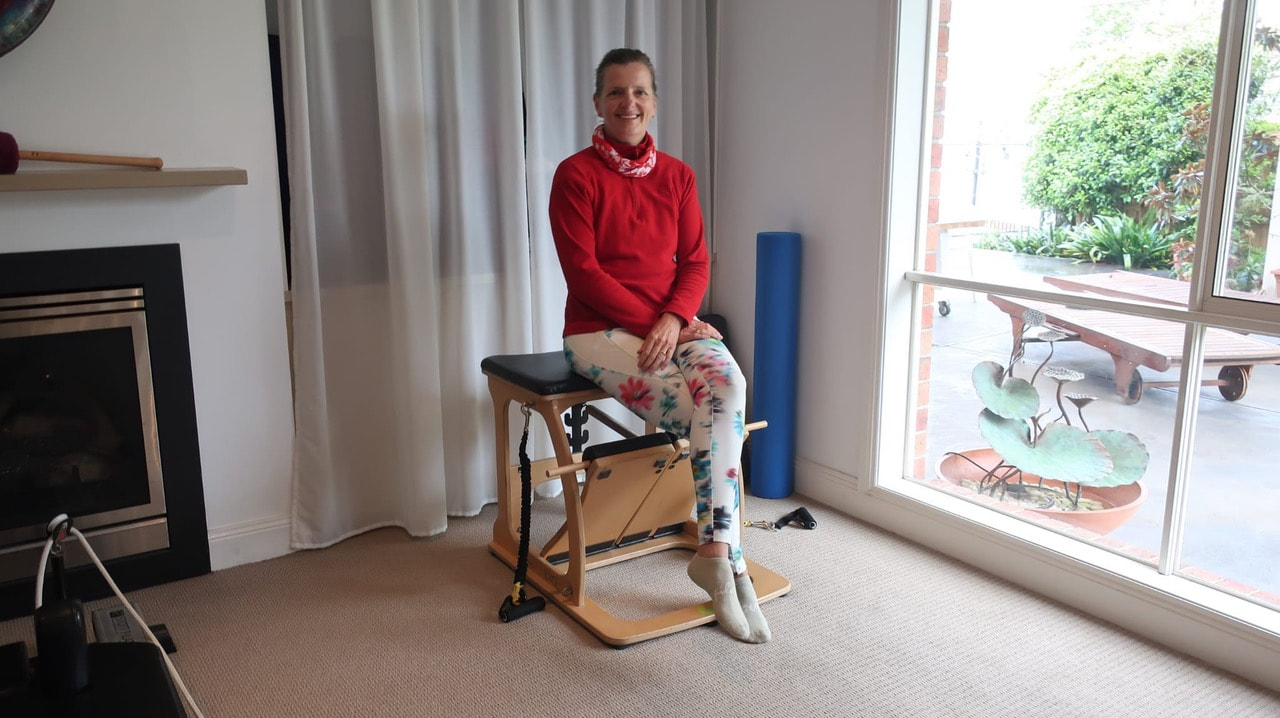
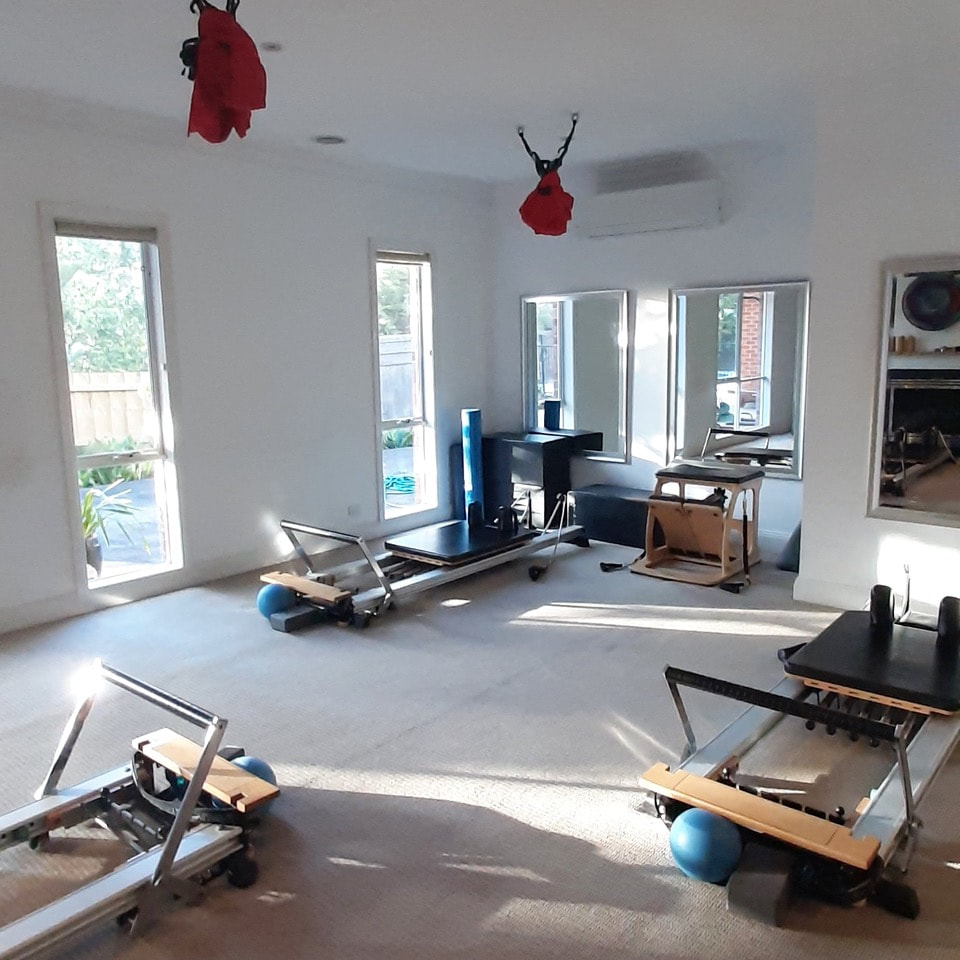
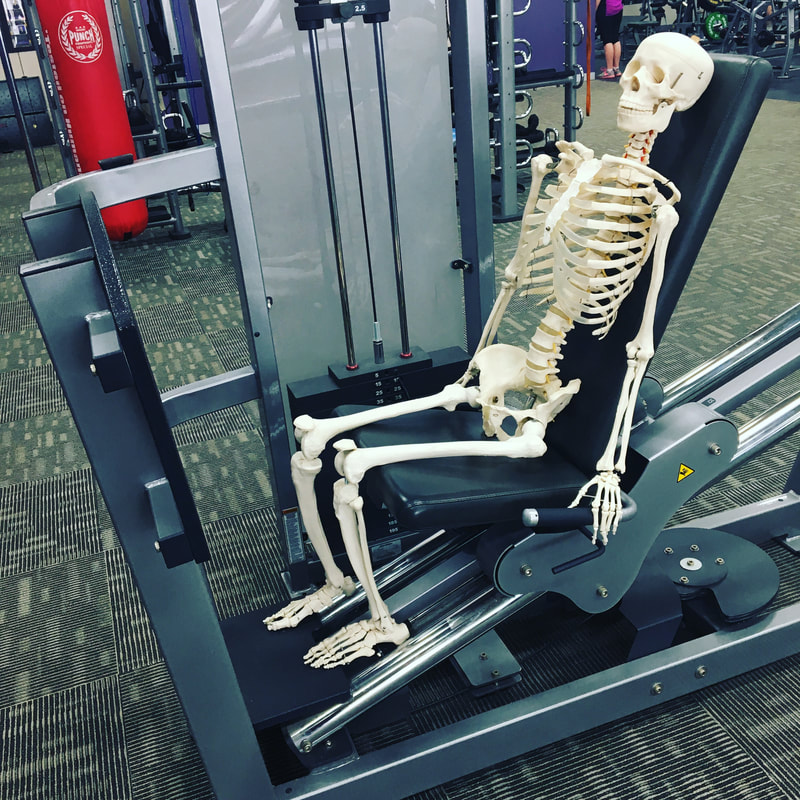
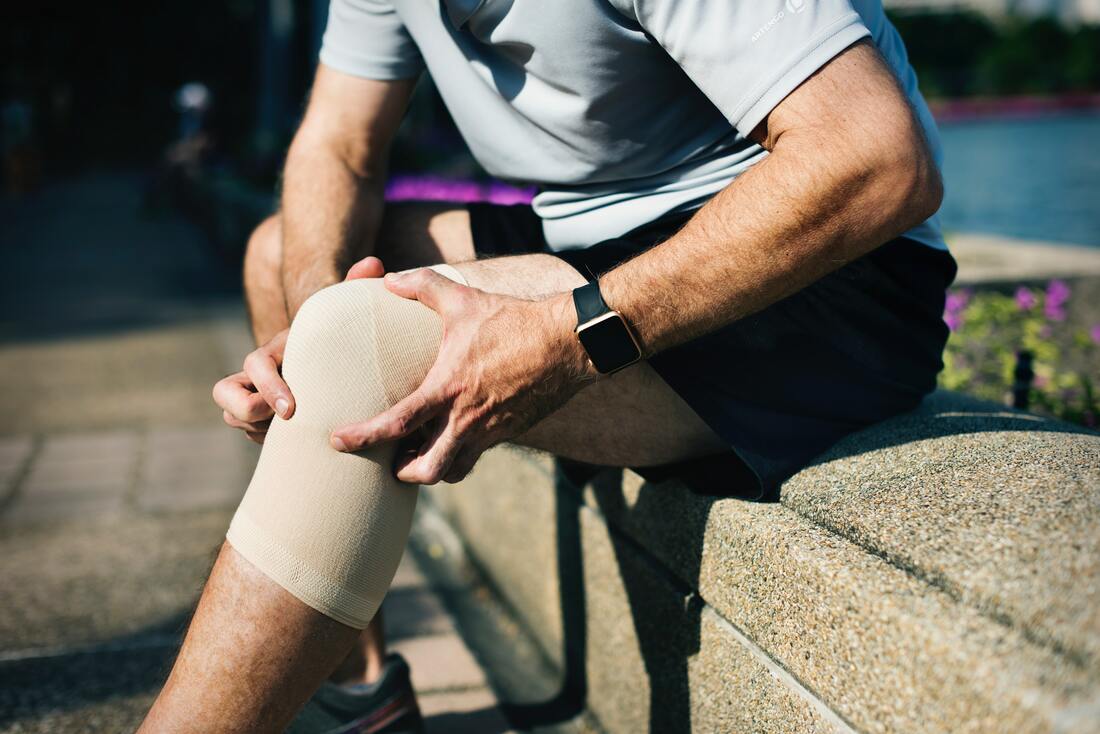
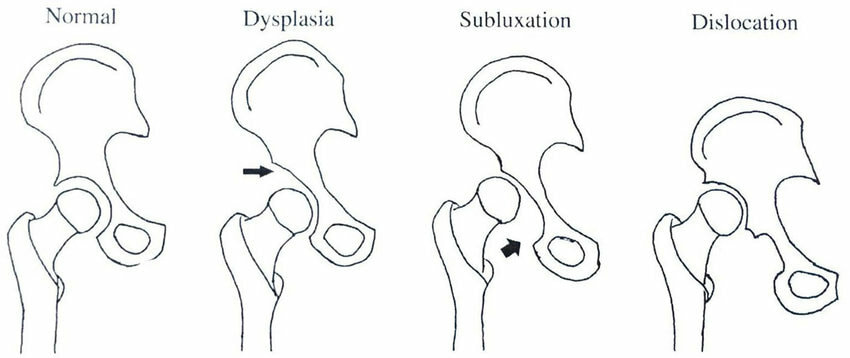
 RSS Feed
RSS Feed